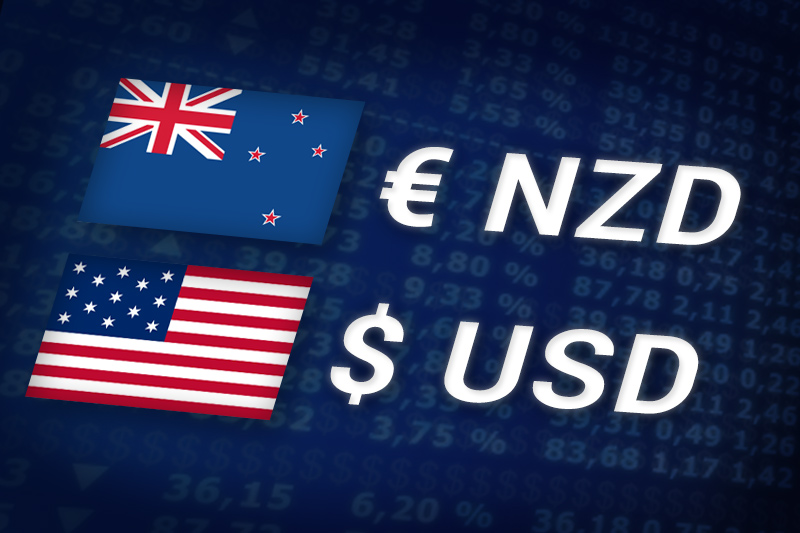Investing.com’s stocks of the week
Investing.com - The New Zealand dollar edged higher against its U.S. counterpart on Wednesday, easing off an eight-day low although investors remained concerned over the outcome of a Greek referendum on its bailout program.
NZD/USD 0.7972 during late Asian trade, the daily high; the pair subsequently consolidated at 0.7974, inching up 0.29%.
The pair was likely to find support at 0.7859, the low of October 18 and resistance at 0.8077, the high of October 25.
Markets eyed a meeting between German Chancellor Angela Merkel, French President Nicolas Sarkozy and Greek Prime Minister George Papandreou, scheduled later Wednesday on Athens' surprise decision to vote on its latest bailout deal.
If Greece rejects the deal it would put the next tranche of aid to Athens in jeopardy, moving the country towards the brink of default and increasing the risk of contagion in global financial markets.
Meanwhile, the kiwi was down against the Australian dollar with AUD/NZD rising 0.53%, to trade at 1.3063.
Later in the day, the U.S. was to release private sector data on non-farm payrolls. Meanwhile, the Federal Reserve was to hold its policy-setting meeting; Fed Chairman Ben Bernanke was to conduct the bank’s post-policy meeting press conference.
NZD/USD 0.7972 during late Asian trade, the daily high; the pair subsequently consolidated at 0.7974, inching up 0.29%.
The pair was likely to find support at 0.7859, the low of October 18 and resistance at 0.8077, the high of October 25.
Markets eyed a meeting between German Chancellor Angela Merkel, French President Nicolas Sarkozy and Greek Prime Minister George Papandreou, scheduled later Wednesday on Athens' surprise decision to vote on its latest bailout deal.
If Greece rejects the deal it would put the next tranche of aid to Athens in jeopardy, moving the country towards the brink of default and increasing the risk of contagion in global financial markets.
Meanwhile, the kiwi was down against the Australian dollar with AUD/NZD rising 0.53%, to trade at 1.3063.
Later in the day, the U.S. was to release private sector data on non-farm payrolls. Meanwhile, the Federal Reserve was to hold its policy-setting meeting; Fed Chairman Ben Bernanke was to conduct the bank’s post-policy meeting press conference.
